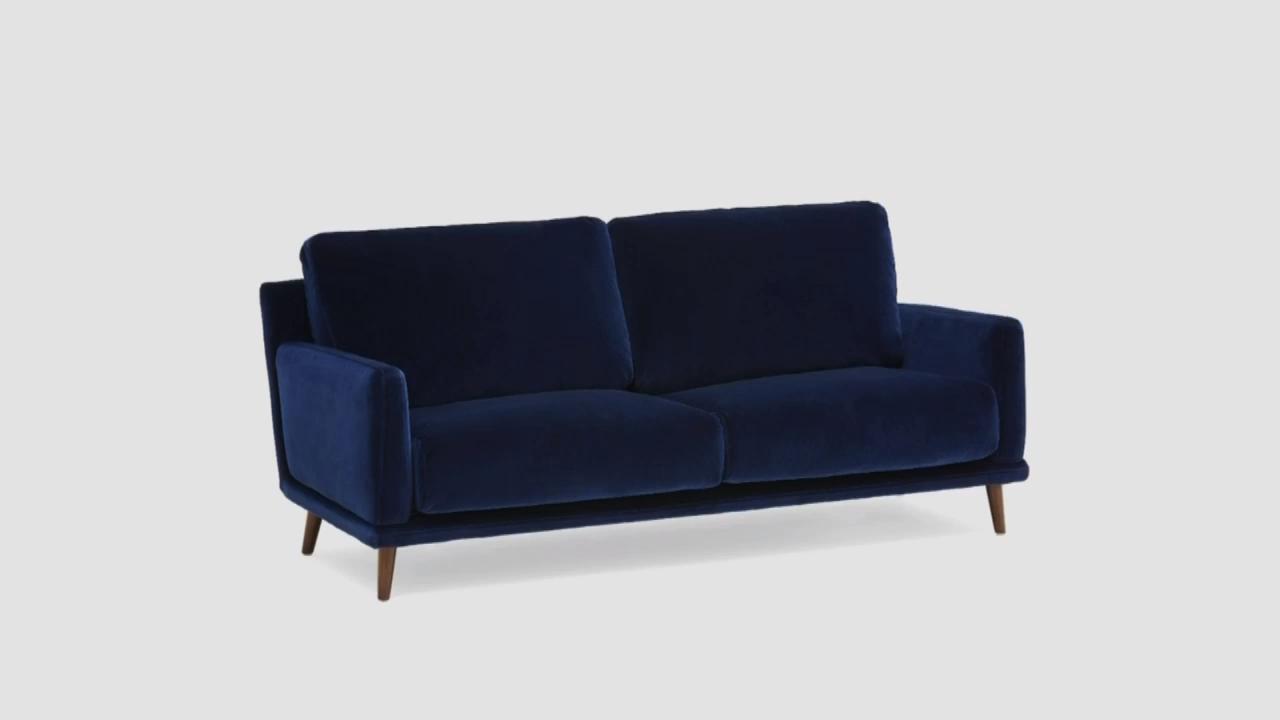Vintage and thrift shopping have been on hold during the last few months. As stores are slowly reopening, the itch for thrifting hasn’t gone away. Julia Grieve, the Accidental Environmentalist is here to show you how to take your thrifting and vintage shopping online.
1. Always have a game plan
Having a plan is a great way to hone in and stay focused on what you’re looking for in terms of clothing, colour tones, overall tone. Julia suggests making mood boards, especially when shopping for vintage, but also when you are shopping for new clothes. It helps slow down the process and avoid the over consumptions; just buy what you want and what you’re looking for.
2. Measure twice, buy once
It’s so important to know our measurements and to know how to properly measure ourselves. With vintage clothing, measurements are preferable rather than sizing because vintage sizing is different from our sizing today. For example, iconic Marilyn Monroe was a size 14 in vintage sizing, but in current sizing, she would be a size 8. When you measure yourself, think of how you’d like the item to fit. Do you want a looser fit or skin-tight fit? Factor that in, and have two sets of measurements for yourself.
3. Do your homework
Before buying from a website ask yourself the following:
- Does the store have a good reputation?
- Do they provide a phone number or email for direct contact?
- If you’re purchasing from an independent seller, perhaps on Etsy, E-Bay, check the seller’s response rate, and rating! You’ll learn what kind of experience to expect and can decide if it’s worth your time
- There are great sellers out there who are responsive and helpful, who will go above and beyond in providing additional photos or helping you understand if the piece you’re looking at is right for you. Don’t be afraid to ask for help!
4. Know the return policy
You have to check each website for what their policy is but one good idea is to shop locally. Check out if some of the brick and mortar stores have websites because then you can shop online. In some cases, you can likely return to the store. But again check and see what their policies are plus, it’s nice to support local stores.
5. Read the label
When it comes to tee’s, keep in mind that most of the vintage t-shirts will be made with heavy cotton material and may not have any spandex in it. So, if you read the fabric content it should just be 100% cotton. If it has acrylic, spandex, it really isn’t that vintage. You can’t shop vintage denim without talking Levi’s. No, you don’t need a Ph.D. in Levis’ to understand it’s sizing but it can definitely be overwhelming! From 501 to 505 to 521, the style numbers go on forever! So, here are 2 huge tips to clear the waters:
- Shop the classics: Look for the classic 501 or 505. 501’s is the button fly and have been around from Jackie Kennedy to Rachel from friends to my daughter got a pair for Christmas this year. 505’s- high wasted 90’s cut! Which, hello, are so trendy now!
- Size up with vintage denim: Keep in mind that vintage denim is much heavier than today’s denim, has no give, and typically the jeans were made for men. Not cut for necessary for a women hip SO you are going to want to go up in sizing. At least 2 inches. NO, you did not get bigger, so don’t worry!
6. Look for authentic designers
Lots of people get into vintage shopping for the designer score… the handbags, the belts, scarves, earrings. It’s a great way to get designer pieces at a fraction of its traditional retail pricing. When you are looking for designer pieces, it’s important to know your seller and be able to confirm it is “authentic vintage’. So, do your own background on the designer. For example, if you find a Gucci dress, research if Gucci made that patterned dress in the spring of ’95. You need to be a little savvier when looking at designer pieces and if it seems too good to be true, it’s most likely not the authentic Gucci dress you’re looking for.



